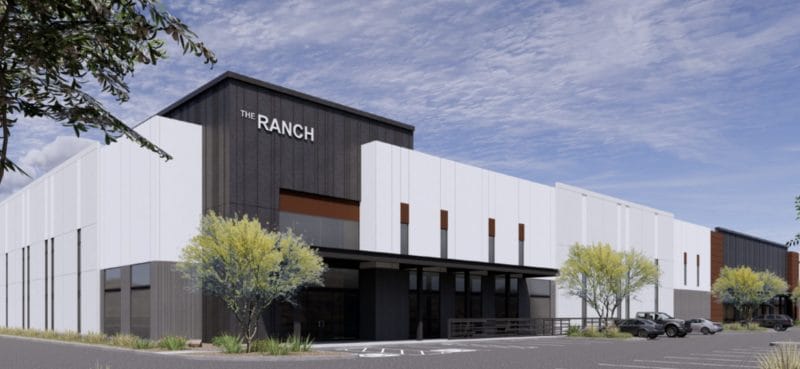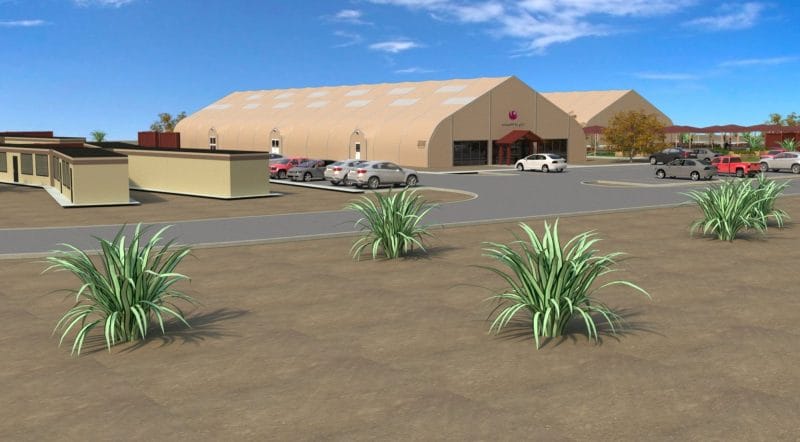The Palo Verde Nuclear Generating Station in Tonopah was commissioned in 1985 and is the largest nuclear power plant in the U.S. /Photo by Michael S. Sexton/Arizona Public Service.
By Kevin Pirehpour | Cronkite News
The rising demand to eliminate fossil fuels has left some researchers and activists skeptical that nuclear energy can be part of the solution to meet climate goals. But a recent study finds that the Palo Verde Nuclear Generating Station outside Phoenix may be key to eliminating carbon emissions from utility grids across the Southwest.
In a joint study called the LA100, the Los Angeles Department of Water and Power and the National Renewable Energy Laboratory found that LA could eliminate fossil fuels from the power supply as soon as 2035. That’s one of four scenarios envisioned by the federal laboratory, which specializes in renewable energy research.
The city would need to make large investments in building infrastructure and renewable energy sources, such as solar, wind and geothermal power, along with help from nuclear and hydropower plants, the study said.
In Arizona, utility regulators are pushing to achieve similar goals by 2050.
It’s the first study the lab, known as NREL, has conducted to explore the reliability of 100% renewable energy in LA with detailed solutions to the “clean energy transition,” said Jaquelin Cochran, a lead researcher with NREL.










